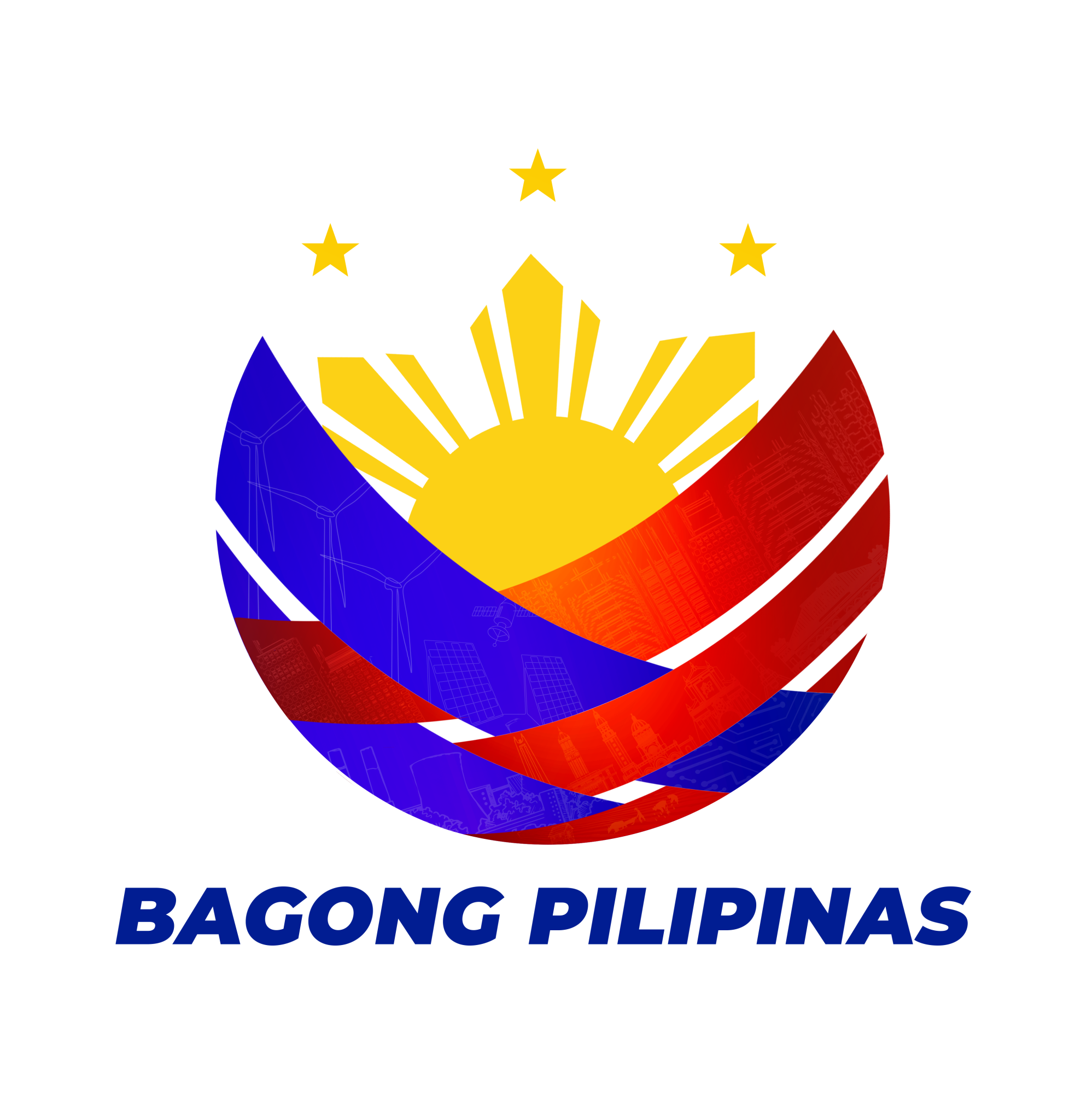About the Event
Hello, Mover! Welcome to the virtual wrap-around of the online event Move with Malong—an online cultural workshop that brings the elegance of Filipino performing arts to you.
In this post-event summary, you will have access to the discussions held during the event as well as exclusive materials about Philippine dances and of course, the Kappa Malong Malong dance. Enjoy!
Philippine Dances in a Nutshell…
Philippine dance is a culmination of the 170 ethnolinguistic cultures in the country. It mirrors the traditions and lifestyle of Filipinos—from their occupation, their geographic location, to their everyday life.
Generally, there are 4 distinctions of our dances namely: indigenous (ethnic), Islamized (Muslim), Hispanized (folk-rural), and the urban-cosmopolitan.

Dancers mimicking life on the countryside
© Camins D., 2006

A performance of the Moro dance, Singkil
© Ahmed Younis Sif, 2016

Children enjoying a Kalinga tribal dance
© Maeoreyes, 2007
“Philippine Dance, or ‘sayaw’—as we call it in Filipino—is a whole process of merging various mediums with music, designs, and a narrative attached to the every performance.”
Dance depicts culture. Traditional Filipino dances were mostly designed to thank the gods for natural and agricultural events such as rain and harvests. These dances also play a big role in different life events such as prayer, rituals, weddings, and other ceremonies.
We can see how creative expressions came from each culture’s environments. This is evident in how a Cordilleran performance may depict movements from the birds seen up close from the mountains, while Mindanaoans show steps comparable to the movements of the water and fishing, an environment which they live in.

Yakan couple performing a traditional dance
© Jjarivera, 2008
Dance can tell the story of your history. Filipino dances incorporate several influences from different cultures that made Philippines what it is today. These dances became part of our celebrations and commemorations of different events in the country.
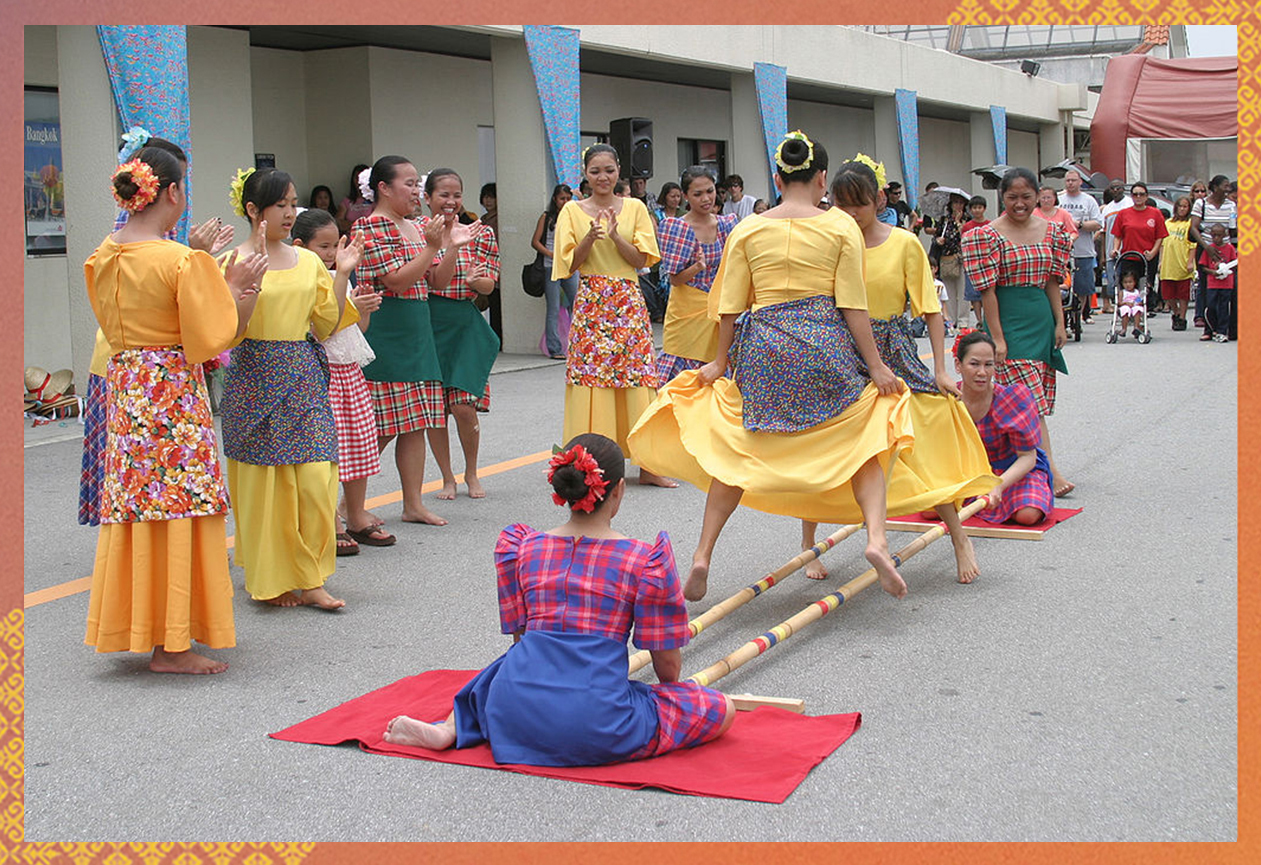
One of the well-known cultural dances in the Philippines, Tinikling
© Cruz, N., 2007
Dance symbolizes identity. Each ethnic group in the Philippines has shaped its dances. Sometimes, they even overlap which makes it complicated to generalize their classification. But you can tell by the choreography where the dance is from.
For example, the Meranao (Maranao) are clearly distinct from the Maguindanaon, as from the TauSug, and the Jama Mapun. Even among communities from the Cordilleras, various expressions with their characteristics are performed for specific communal functions. One community may even have multiple performing expressions.
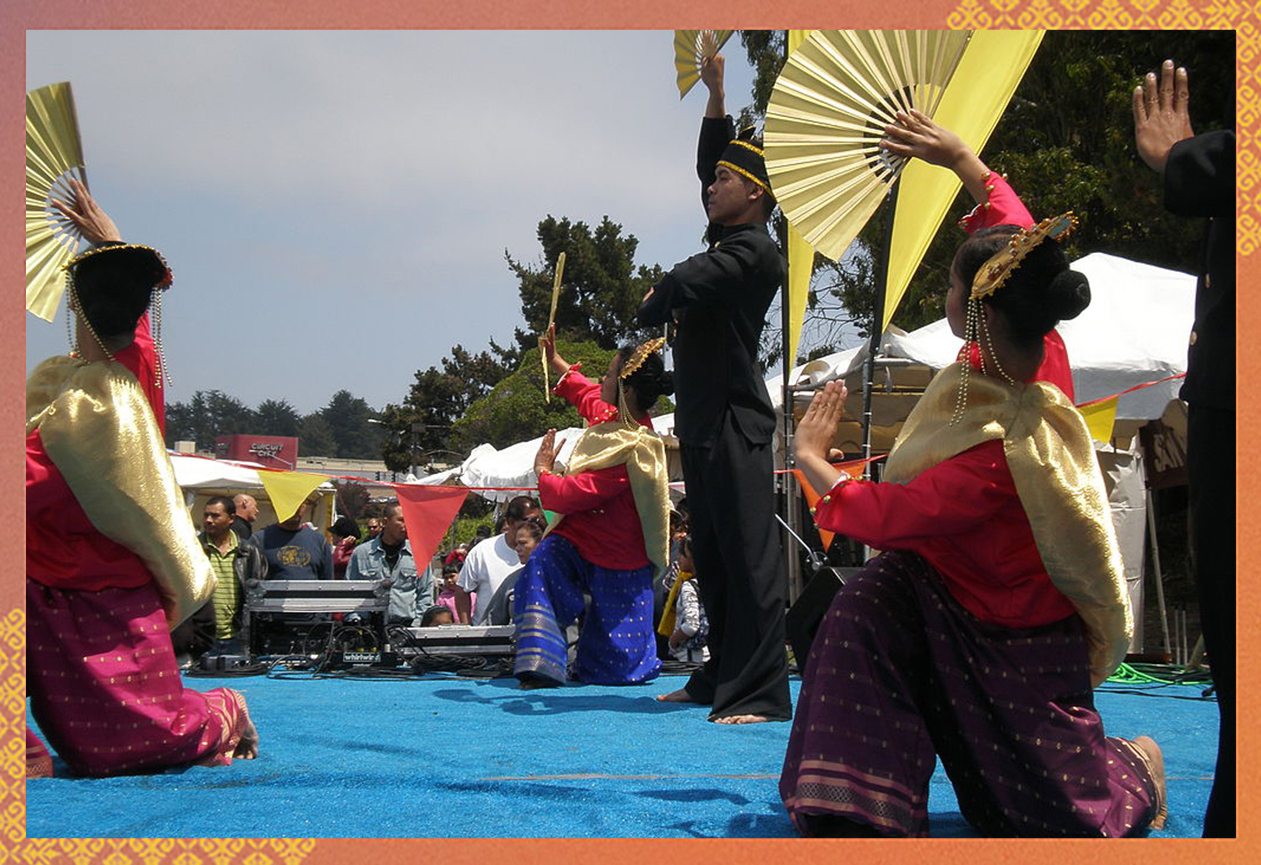
A performance of Daling-Daling by the Tausug people
© BrokenSphere, 2008
The Kappa Malong Malong Dance
One of the significant dances in the Philippines, specifically Mindanao, is the Kappa Malong Malong. Coined from the tag “kappa”—a derivation of the prefix “ka”—it indicates that someone has the “ability to act” or “manipulate” the malong.
It is a traditional folk dance that originated from the indigenous Filipino-Muslim tribe collectively known as Maranaos.
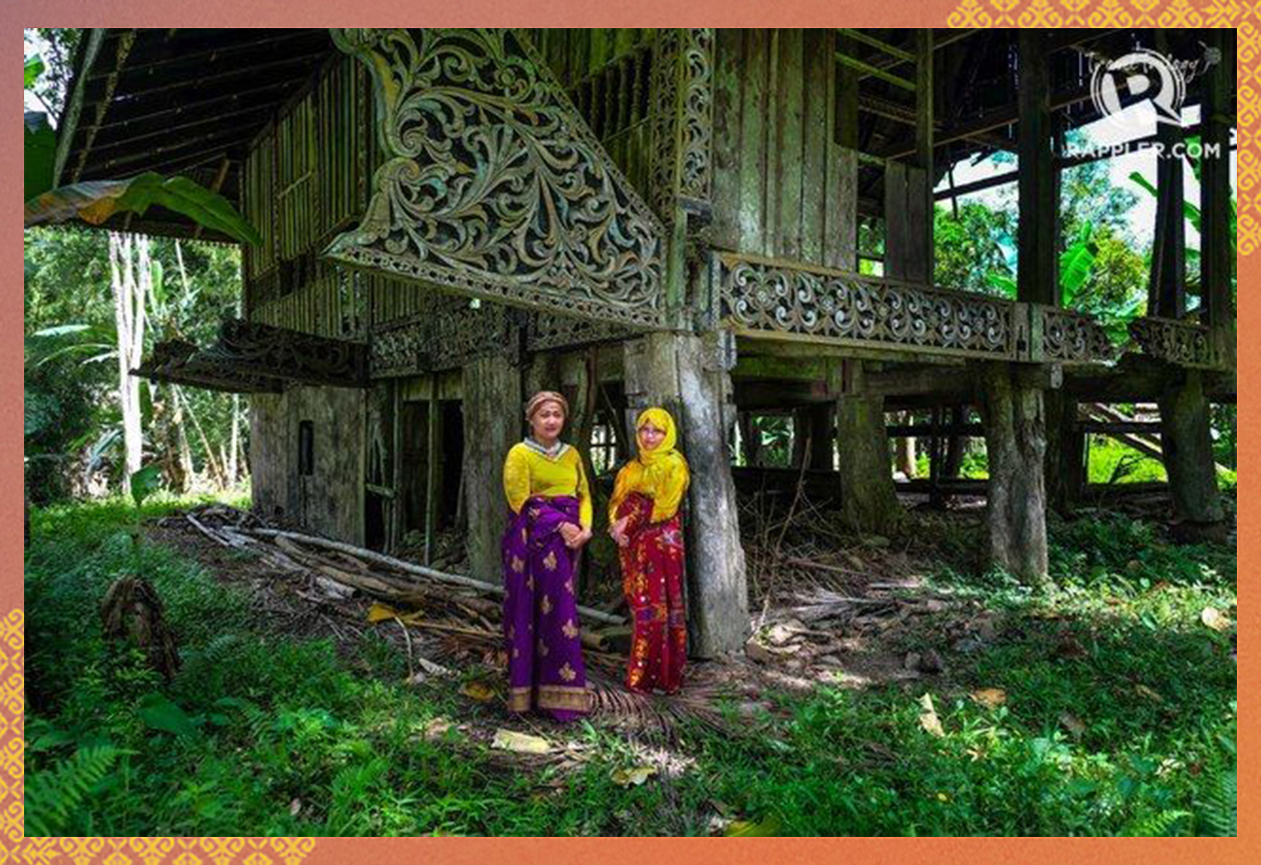
Maranao women wearing their malong
Also called Sambi sa Malong, the dance utilizes the many ways of wearing a malong, a simple tubular yet highly functional piece of cloth. It symbolizes its navigations through the Maranao culture and is a depiction of Maranao manners.
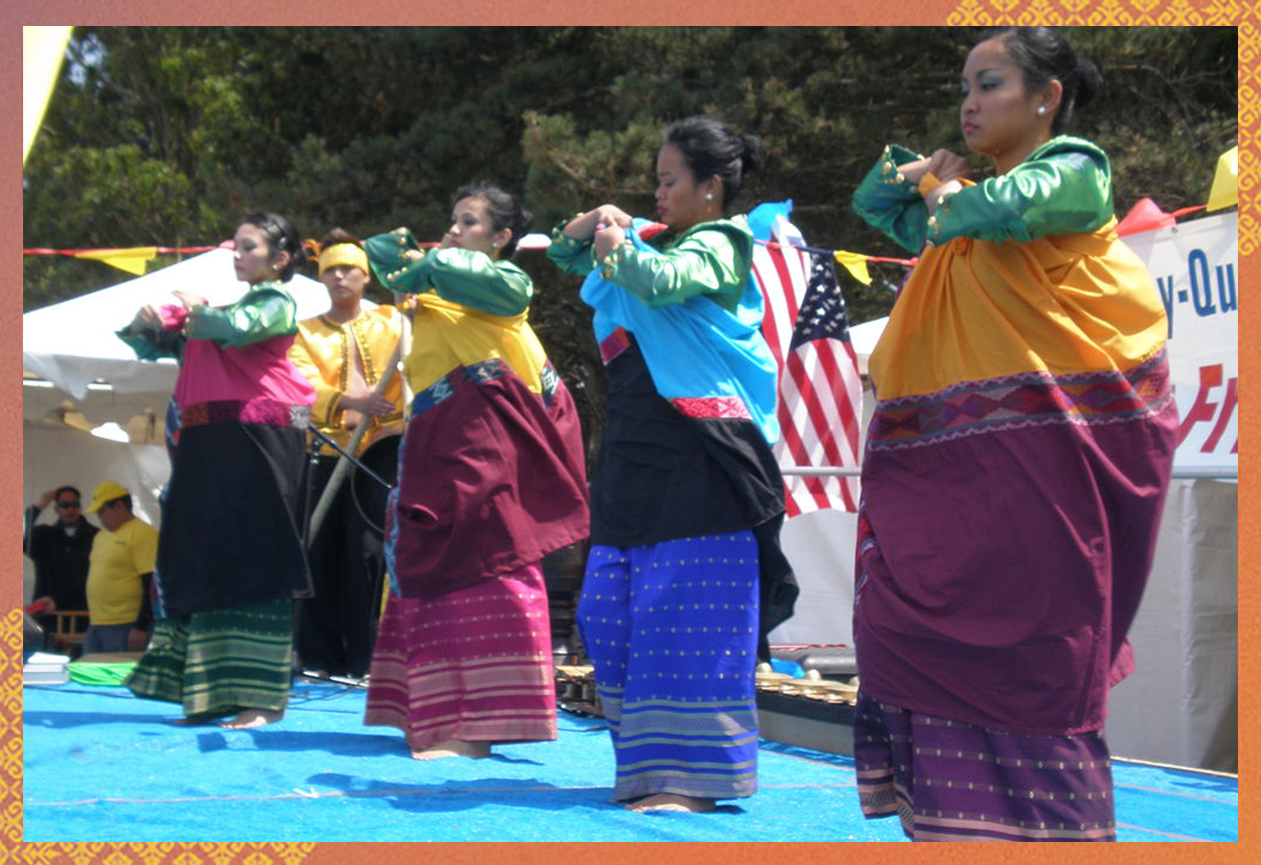
© BrokenSphere, 2008
Malong: Intricacies and Significance
To better understand the steps of the Kappa Malong Malong Dance, it is important to know the significance of Malong—not only as a choreography tool but its relevance in the lifestyle of the Filipino-Muslim people.
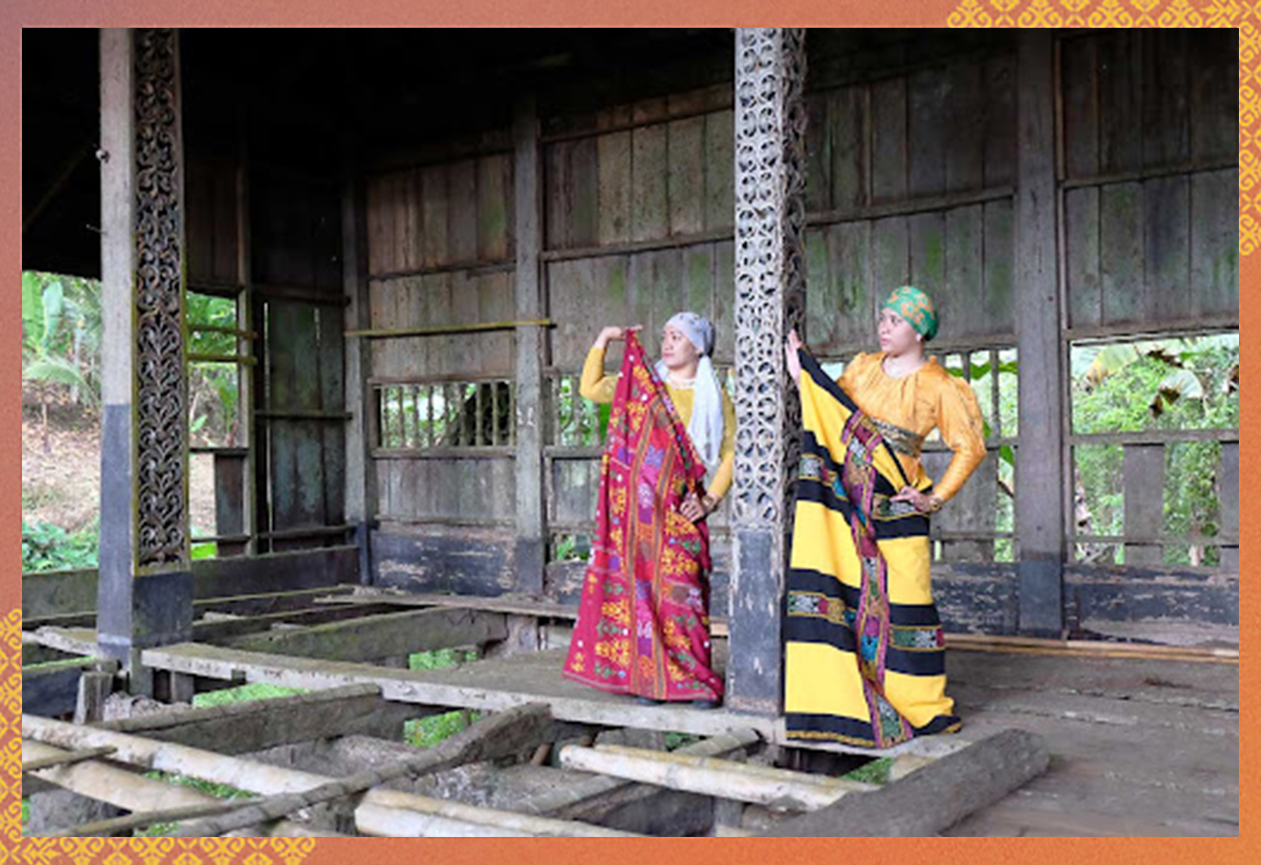
Different designs of Malong as shown in Maranao women
The malong is a permanent “attachment” to various Islamized groups. You can name a hundred uses of malong but there are certain functions that is unique to a certain culture. Mainly, it serves as a skirt for women and a lower body garment for men. It can also as a dress, a blanket, a sunshade, a bed sheet, even as a “dressing room”!
A Maranao malong, on the other hand, is known for its okir curvilinear designs. The langkit, a colorful inch-and-a-half narrow handwoven strip with okir designs vertically sewn accents the malong. It is usually worn at the back, often contrasting the larger background of block combinations of red, white, and warm tones.
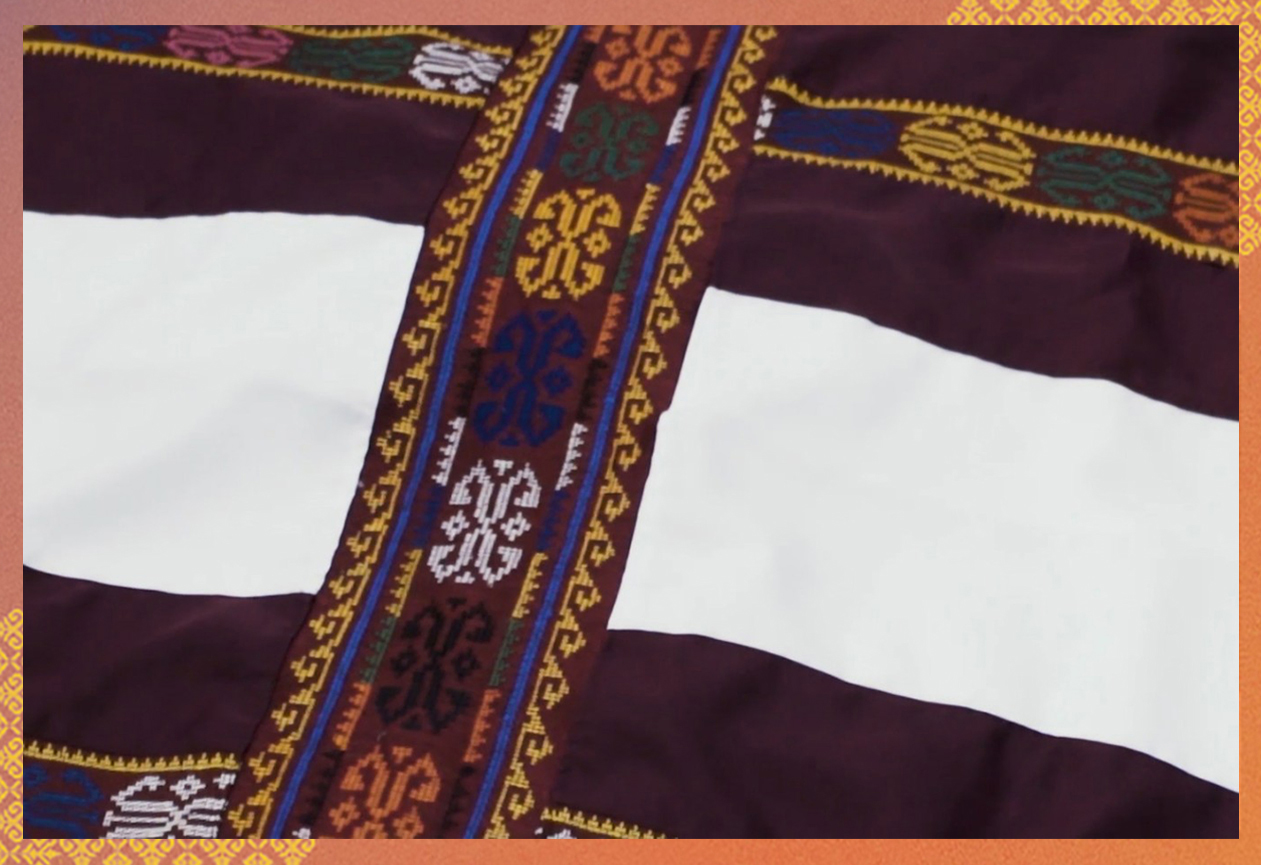
© ANC/NCCA/Office of DS Loren Legarda
Malong functions as a cloth of life in the Filipino-Muslim culture. A newborn is wrapped in a malong, and, as the child grows older, this piece of cloth becomes a part of daily life. In death, the lifeless body is once again wrapped in this significant piece.

Various uses and purposes of the malong
Kappa Malong Malong Basic Dance Steps
Dancing to the Kappa Malong Malong dance may look simple but there’s a certain elegance to the way it is performed. It involves basic upper part movements, especially in showcasing the ways of folding the malong into its different uses. Choreographies for men and women are also different.

A dramatic performance of the Kappa Malong Malong Dance
For the women: In the first video, you will see the fundamentals of Kappa Malong Malong dance by folding the malong to make a woman’s skirt.
Basic steps of the Kappa Malong Malong dance for women
For the gentlemen: The basic of the dance is the drape. With a shorter malong, put it over your head and position it on your right shoulder. Then follow the movement in the video below.
Basic Kappa Malong Malong steps for men
Remember: In order to appropriately imbibe the execution of the Kappa Malong Malong dance, one must be reminded of three general rules:
Facial expression is a vital part of the dance. Dancers have to look sophisticated and elegant to fully internalize the nature of the Kappa Malong Malong dance.
Treat your malong as an extension of your body. To grasp the meaning of the Kappa Malong Malong dance, one must treat the malong as a part of their own body. It should sway with your hands, and should be folded intricately based on how it is originally done.
Never drop your malong on the floor. The malong is a sacred piece of clothing in the Muslim culture. Dropping the malong on the floor is taboo. It should be treated with the same respect as the community that it represents. So be careful with your malongs!
General Rules of Kappa Malong Malong Dance
Music: A Visual Companion
The Kappa Malong Malong dance is accompanied by the local Filipino musical instruments of Mindanao like the kulintangan. It follows a slow tempo at the beginning that progresses gradually throughout the dance.
Group of Maranao musicians with the kulintangan set
© ANC/NCCA/Office of DS Loren Legarda
The Future of Philippine Traditional Dances
Performing arts like dancing transcends all borders and cultural barriers. Preserving dances such as the Kappa Malong Malong of the Filipino-Muslim community needs to be amplified by more people.
With that said, we encourage you to #MoveWithMalong and share with us your experiences during the event to keep Filipino traditional dances alive and relevant in the present day!
Wasn’t able to join the Zoom event? Don’t worry! You can still catch up on our cultural workshop on these links: Session 1 and Session 2.

*The information presented above is based on the essay by Prof. (ret) Steven Patrick C. Fernandez, DFA of Mindanao State University-Iligan Institute of Technology titled “General Overview of Philippine Dances: The “Kap’malong” as Model of the Transformations of Performance”.
Furthermore, contents presented in this page is sourced with the combined efforts of Department of Foreign Affairs and their partner organizations, majorly National Commission for Culture and the Arts (NCCA) and Bayanihan Dance Company, for the event Move with Malong: An Online Cultural Workshop.
EVENT PARTNERS

ALL RIGHTS RESERVED 2021
Credits, Sources and References:
ANC - NCCA – Office of DS Loren Legarda. Dayaw Season 1 Episode 2: "Mito, Kwento, Musika" (The Indigenous Imagination)
BrokenSphere. Daling-daling dance of the Tausūg people performed by the Parangal Dance Company. Wikipedia. https://en.wikipedia.org/wiki/Philippine_dance#/media/File:Parangal_Dance_Co._performing_Daling-Daling_at_14th_AF-AFC_8.JPG
BrokenSphere. Dancers performing the kapa malong malong, a traditional Maranao dance featuring the uses of the malong.
https://en.wikipedia.org/wiki/Malong#/media/File:Parangal_Dance_Co._performing_Kappa_Malong_Malong_at_14th_AF-AFC_07.JPG
Camins, D. The Philippines' MUNTINLUPA DANCE COMPANY in one of its scenes from the Philippine countryside. https://en.wikipedia.org/wiki/Philippine_dance#/media/File:SAYAWIKA_RURAL_SUITE_1.gif
Cruz, N. Members from the Philippine Cultural Dancers group perform tinikling. https://en.wikipedia.org/wiki/Tinikling#/media/File:Tinikling.jpg
Jjarivera. A Yakan couple in a traditional wedding dance. https://en.wikipedia.org/wiki/Yakan_people#/media/File:Yakan.jpg
Maeoreyes. Children from Lubuagan, Kalinga perform the muscle dance. https://en.wikipedia.org/wiki/Igorot_people#/media/File:Kalinga_5927.JPG
Obsidian Soul. A Lumad kulintang ensemble from Bukidnon with the traditional carvings. https://en.wikipedia.org/wiki/Kulintang#/media/File:Lumad_Kulintang_(Philippines).jpg
Sif, Ahmed Younis. Main dancer of the Singkil, depicting a Maranao princess. https://en.wikipedia.org/wiki/Singkil#/media/File:Folklore_of_the_popular_heritage_of_the_State_of_the_Philippines_15.jpg

